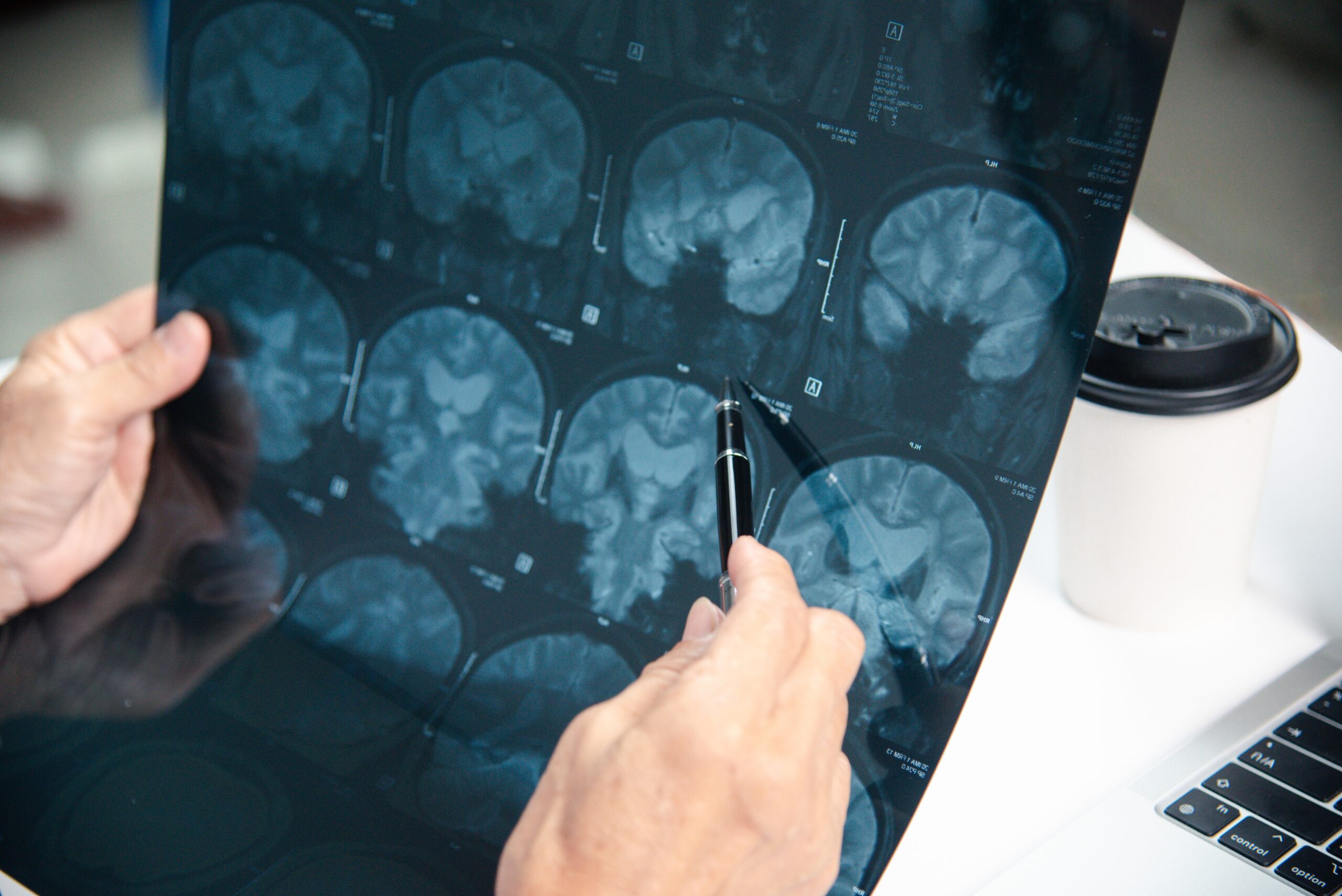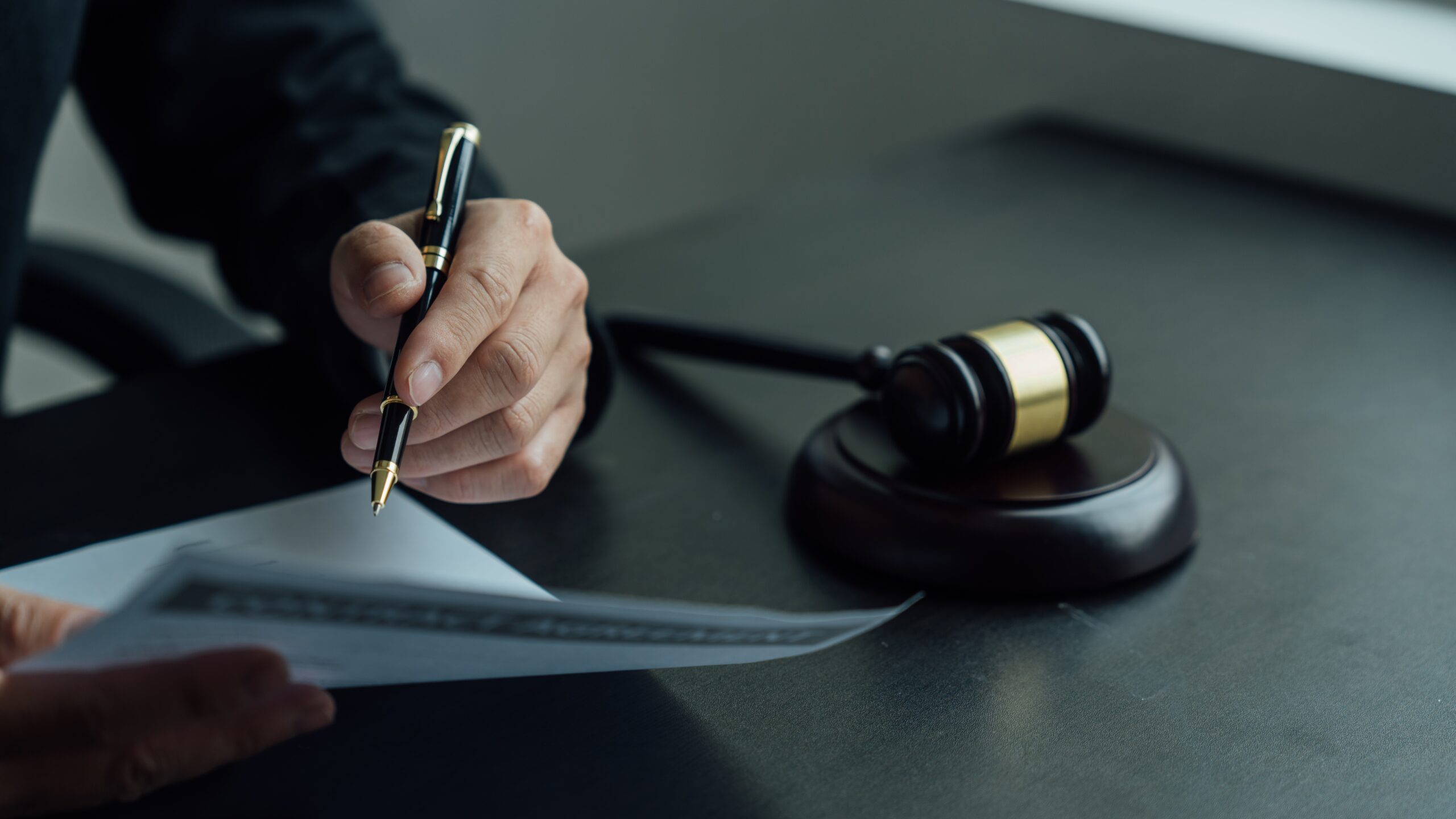
Workplace Injuries & Employee Protections
June 20, 2025
Brain Injuries and How to Recognize a Concussion After an Accident
June 23, 2025
When an individual suffers an injury due to the actions or inactions of another, the legal system provides avenues for seeking justice and compensation. Understanding the different legal principles that govern such claims is crucial, particularly how liability can be established even in the absence of direct intent to cause harm. From the general concepts of negligence to the specific responsibilities of property owners, the framework of personal injury law aims to hold accountable those whose conduct, or lack thereof, leads to preventable injuries.
Negligence
Negligence occurs when an individual acts with a reckless disregard for the law and the safety of others, leading to injuries. In a legal claim of negligence, the burden of proof rests with the plaintiff, who must demonstrate that the defendant’s unreasonable actions or inactions were the direct cause of their sustained injuries.
Strict Liability
Strict liability is a legal principle where a party can be held responsible for damages or injuries even if they did not act negligently or with intent to harm. Unlike negligence claims, the plaintiff in a strict liability case is not required to prove that the defendant breached a duty of care. Instead, the focus is solely on whether the defendant’s actions or products directly caused the plaintiff’s injuries.
For example, in defective product liability claims, the focus shifts from the manufacturer’s intent or carelessness to the product itself. The plaintiff only needs to demonstrate a few key points: that they used the product as intended or in a foreseeable manner, that they did not alter or damage the product before the incident, and crucially, that the injury resulted directly from a defect in the product’s design, inadequate warnings, or if the manufacturer did not use reasonable care in manufacturing it. In these instances, the manufacturer is held strictly accountable for the harm caused by their defective product, regardless of whether they were negligent in its creation.
Why is Strict Liability Necessary?
Strict liability is a crucial legal concept because it ensures that consumers aren’t burdened with the costs of injuries caused by dangerous or defective products. Sometimes, a manufacturer or seller might create or distribute a harmful product without necessarily acting negligently in the traditional sense.
This doctrine steps in for situations where an individual is injured through no fault of their own, even if the party technically responsible for the harm didn’t directly breach a conventional duty of care or act with outright disregard for the injured person’s safety. It’s all about fairness and accountability when products cause unexpected harm.
Understanding Premises Liability
Premises liability is a legal concept that holds property owners or those in control of property responsible for injuries that occur on their premises. This area of law is typically rooted in negligence, meaning that the property owner must have failed to exercise reasonable care in maintaining their property, leading to the injury of another.
Common Premises Liability Injury Claims
Claims often arise from a property owner’s failure to address foreseeable hazards, provide adequate warnings, or maintain their property in a reasonably safe condition. The specific circumstances of each case are crucial in determining liability.
- Slip and fall over obstructions
- Negligent security
- Trips on poorly maintained or broken stairs
- Slipping on ice
- Elevator and escalator failures
- Black mold
- Asbestos, lead and other dangerous building materials
- Puddles and spills
- Uneven surfaces
- Dangerous swimming pools
- Inadequate fencing leading to animal attacks, criminal entry or swimming pool injuries
- Faulty wiring
- Inadequate fire suppression systems or fire alarms
Dangerous premises can lead to a wide range of injuries, including spinal cord injuries, head injuries and traumatic brain injuries, burns, scarring, and fractures. Victims might also suffer from electrocution, contusions, lacerations, and allergic reactions or chronic illnesses due to hazardous conditions like mold or asbestos. Furthermore, inadequate security can result in injuries from assaults or robberies, leading to significant emotional or psychological trauma.
Swimming Pool Injuries as a Premises Liability Issue
Pool injury lawsuits arise from accidents occurring in or around swimming pools, often due to a property owner’s negligence in maintaining a safe environment or failing to adhere to safety regulations.
Serious pool injuries can stem from a variety of preventable hazards. Among the most common causes are slip and falls on wet surfaces, which often lead to broken bones and contusions. Tragically, drowning is a leading cause of fatalities and severe traumatic brain and spine injuries in pool accidents. Other rare but devastating incidents include swimming pool disembowelment due to faulty drains, and electrocutions caused by improperly maintained electrical systems near the water.
Duty of Care Based on Visitor Type
As with many premises liability cases, the rights and duty of care owed to people on the property vary based on the person injured and whether they were invited or were trespassing. Public pools owe the highest duty of care to invitees, which usually includes anyone permitted to use the pool. Pool owners owe guests, who are considered licensees, the second-highest duty of care.
A trespasser is someone who enters a private or public pool without permission. Public pools and private pool owners don’t owe a duty of care to trespassers unless they are children.
Preventing Swimming Pool Injuries
To mitigate these risks and ensure a safe swimming environment, both private pool owners and public pool operators must adhere to strict safety protocols and maintenance practices. Their vigilance is crucial in preventing avoidable tragedies and protecting individuals who use their facilities.
Private pool owners and public pool operators should:
- Ensure swimmers stay sober when in or near the pool
- Limit horsing around
- Secure pools with fences or a pool cover when they’re not in use
- Make sure staff or owners maintain situational awareness
- Keep all diving boards and equipment in proper working order
- Fix cracks in pool decking
- Keep pool decks clear and uncluttered
- Ensure all drain covers are in good working order and secured
Proving Liability
Proving liability in a public pool injury case often hinges on demonstrating that the pool operator failed to uphold their heightened duty of care to swimmers. Public pools are legally obligated to provide a safe environment, which includes crucial measures such as adequate supervision, typically in the form of trained lifeguards, and ensuring accessible emergency equipment is readily available on-site. Furthermore, these facilities must be properly maintained to prevent hazards and prominently display clear warning signs for any potential dangers or prohibited behaviors.
Even with these precautions, there are still situations where public pools could be held liable for injuries that occur on the property.
Private pool owners are not required to maintain the same duty of care as public pools. However, to protect themselves from liability, pool owners must warn guests of any dangers that may not be obvious to the average person.
For example, private pool owners would have to inform guests of broken diving boards or cracked pool decking that could create a tripping hazard. If an owner fails to warn a guest who is then injured, the pool owner could be liable.
Compensation for Premises Liability Injuries
If you or a loved one has suffered an injury due to dangerous conditions on someone else’s property, you may be entitled to recover compensation for a variety of damages. This compensation aims to cover not only the immediate financial burdens but also the long-term impacts of the injury. The goal is to make the injured party “whole” again, as much as possible, by covering past and future losses resulting directly from the premises liability incident.
Some of the common types of compensation that could be sought are:
- Medical bills
- Childcare costs
- Rehabilitation costs
- Lost wages
- Physical and occupational therapy expenses
- Pain and suffering
- Loss of consortium or funeral costs for wrongful deaths
- Home modifications for an accident-related disability
- Travel costs for medical care
- Any other expenses incurred in relation to the premises liability injury
Key Takeaways on Personal Injury and Liability
Ultimately, the complex landscape of personal injury law, encompassing concepts like negligence, strict liability, and premises liability, aims to protect individuals from foreseeable harm caused by the acts or omissions of others. Whether an injury occurs due to a reckless disregard for safety or a failure to maintain property, the legal system provides mechanisms for redress. It is important to remember that in many of these scenarios, the focus is not on proving malicious intent, but rather on demonstrating a breach of duty or a defective condition that directly led to the injury, underscoring the broad scope of accountability in safeguarding public and private spaces.

